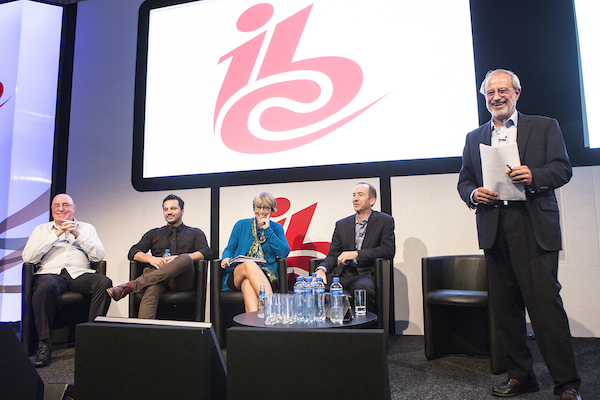
Forget about interacting with your smart TV using a remote control – that is so old hat! A few years down the road, you may be able to touch your iPad and feel the skin of the crocodile you are watching in your favourite wildlife videos on YouTube.
Japanese company Fujitsu is pioneering the technology, called haptic display. Steve Dann, the CEO of Amplified Robot, a UK company working in the augmented reality field presented many other mind-boggling ways of increasing the viewer’s engagement, a lot of them involving sensors, during ‘Interactive Entertainment: you ain’t seen nothing yet’, chaired by Ken Blakeslee from Web Mobility Ventures.
But how can such technology bring in added revenue for broadcasters and advertisers? The IBC Daily journalist Kate Bulkley hit the nail on the head at the start of the discussion: “There is such a lot of cool stuff out there with all this explosion of technology but broadcasters are still struggling to find the right business model, mostly because they have legacy issues.”
Alexander Mazzara, the co-founder of and CEO of Joiz group, a Swiss-based company, which gathers ‘the big data’ from interactive content gave some clues on how to monetise it. “In the digital world, it is so easy to know who is there, to understand your viewers or users,” he indicated. Eyetracking heatmaps are, for instance, used to gather information about how the public views online advertising.
Tre Azam, the CEO of UK company Myndplay, presented different outlets for its interactive mind controlled video platform, whether in sport, gaming or even medical care. “Our technology is a very simple brain monitoring device, which enables us to measure the emotional response of viewers to different types of content and to some extent control it with their own mind.”







